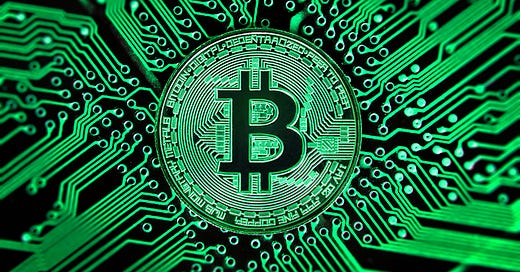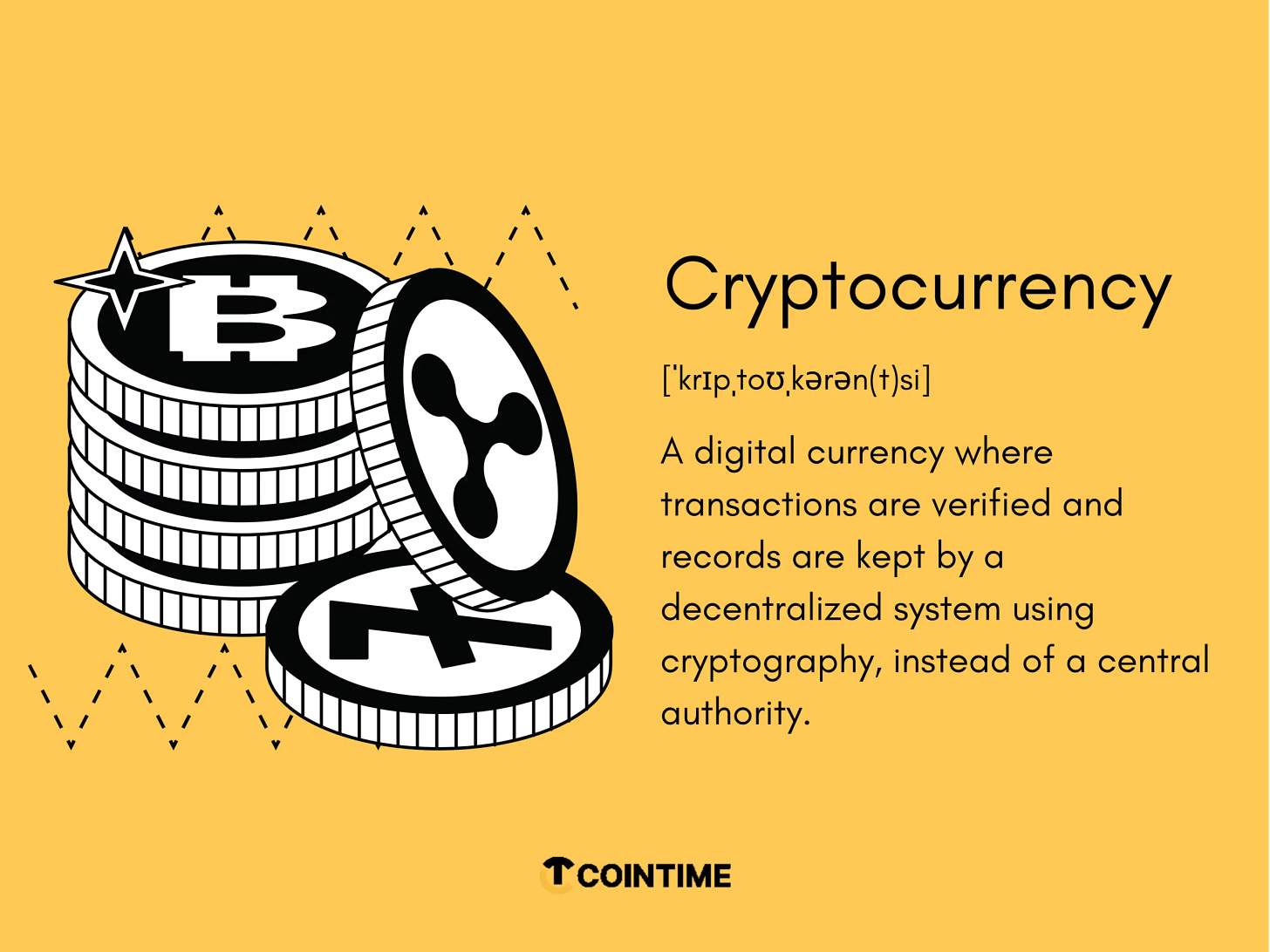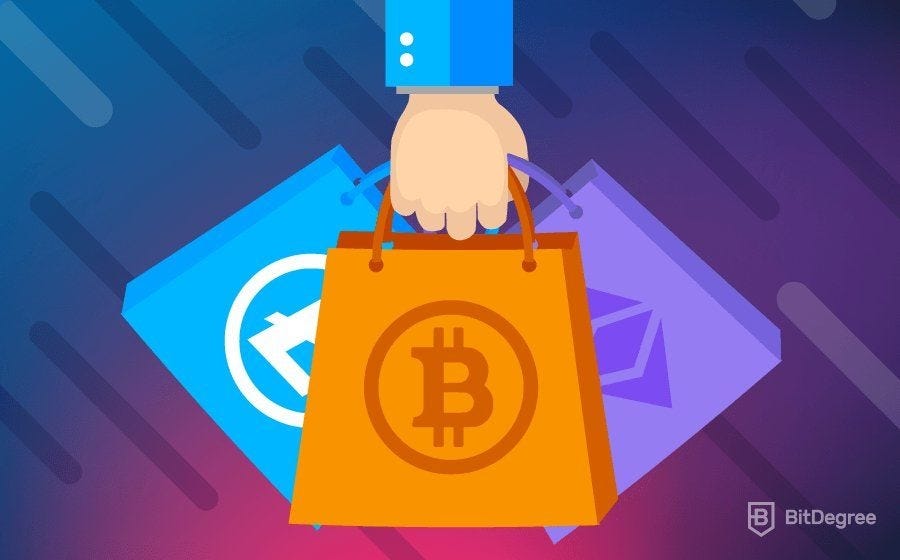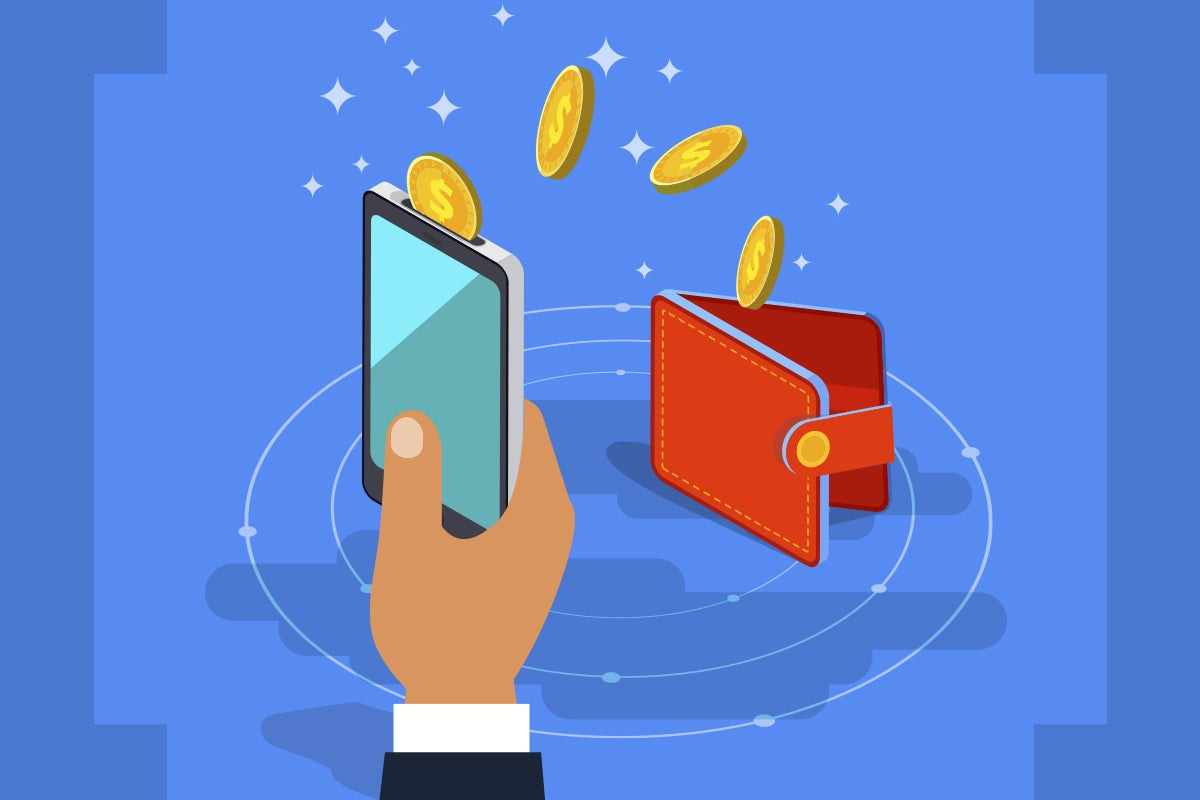A Beginner’s Guide to Crypto (That Actually Makes Sense)
A Beginner’s Guide to Crypto (That Actually Makes Sense)
If you're new to crypto and everything sounds like a confusing mix of tech buzzwords and online hype, you're not alone.
People throw around terms like “blockchain,” “DeFi,” and “wallets” as if everyone’s already in on the secret. But for most beginners, it all sounds like another language — and most guides out there don’t make it much easier.
This guide is different.
This is for the person who has no idea what Bitcoin really is, has never used a crypto app, and just wants to understand what the big deal is — in plain English.
Let’s walk through everything step by step. No fancy graphs. No confusing tech talk. Just simple, clear explanations.
What Is Crypto?
Crypto (short for cryptocurrency) is a kind of digital money.
But it’s not just “online dollars.” It’s money that isn’t controlled by any government, bank, or company.
It runs on something called blockchain (we’ll get to that in a second) and is powered by code, not by middlemen.
Think of crypto like internet-native cash.
The first and most popular crypto is Bitcoin, created in 2009 by someone (or some group) using the name Satoshi Nakamoto. The idea behind Bitcoin was simple:
Create a type of money you can send to anyone, anywhere, without needing a bank or a company in the middle.
Why Do People Care About Crypto?
Let’s compare it to regular money:
If you want to send money internationally, it can take days and cost a bunch in fees.
If your bank account gets frozen, you can’t touch your own money.
If a government prints too much money, your savings lose value.
Crypto changes that.
You can send it instantly — even across borders — with tiny fees.
No one can freeze your crypto wallet.
Some cryptocurrencies (like Bitcoin) have a limited supply, so they can’t be inflated.
In short, crypto gives you more control over your money.
It works 24/7. It doesn’t care what country you're in. And it doesn’t require anyone’s permission.
What Is a Blockchain? (In Simple Language)
Okay, here’s the big one.
Blockchain sounds technical, but here’s a simple way to think about it:
It’s a public notebook that lives online.
Imagine everyone can see this notebook, and once someone writes something in it — like “Alice sent Bob $10” — no one can erase it or change it. Ever.
Every time someone sends or receives crypto, that transaction is written into this notebook.
That’s the blockchain.
It’s just a list of transactions. Like a giant, shared ledger. But instead of being managed by a bank, it’s maintained by a network of computers around the world.
Because it’s open and can’t be changed, you don’t have to “trust” anyone. You can verify everything yourself.
How Do You Actually Buy Crypto?
Buying crypto used to be tricky. Not anymore. Now it’s as easy as ordering food online.
Here’s how to do it:
Go to a trusted crypto exchange like:
Coinbase
Binance
Kraken
Bybit
Create an account (like signing up for any app).
Link your bank account or card.
Buy Bitcoin or Ethereum.
You can start with $5. You don’t need to buy a whole coin. One Bitcoin might cost thousands, but you can own a fraction of one.
Just like buying $5 of gold or $2 worth of a stock — you can own a slice.
Where Do You Store It? (Wallets Made Simple)
When you buy crypto, you need to store it somewhere.
You have two main options:
1. Leave it on the Exchange
Just like keeping your money in your PayPal or Venmo account.
It’s easy, and the exchange manages everything.
Good enough for beginners.
2. Move It to Your Own Wallet
This gives you full control. You manage the keys. You control the access. No one can block it.
There are two types:
Hot Wallets (connected to the internet):
Examples: MetaMask, Trust Wallet, Coinbase Wallet.
Apps for your phone or browser.
Cold Wallets (offline, for maximum safety):
Examples: Ledger, Trezor.
Like a USB stick that holds your crypto.
Hot wallets are easier to use. Cold wallets are better for storing larger amounts safely.
Start with a hot wallet to learn. Upgrade later when you’re ready.
What Can You Actually Do With Crypto?
It’s not just about buying and hoping the price goes up. Crypto opens up a new kind of financial system.
Here’s what people do with it:
Send money globally without needing a bank.
Pay for stuff — some online stores and even cafes accept it.
Earn interest — by lending your crypto through something called staking or DeFi platforms.
Invest early — some people buy into new crypto projects before they launch publicly.
Collect digital art — like NFTs (more on that in another guide).
Play games where you actually own in-game items (called Web3 gaming).
There’s a whole crypto economy being built — kind of like the early internet in the 90s.
But Is It Safe?
Let’s be real: There are scams. There are shady projects. There are people trying to take advantage of beginners.
But that doesn’t mean crypto itself is unsafe. You just need to use common sense.
Here’s how to protect yourself:
Stick with trusted coins: Bitcoin, Ethereum, and a few others.
Use well-known exchanges.
Don’t click on links in random messages.
Never share your private wallet keys or seed phrase.
Only use money you’re okay experimenting with at first.
Crypto is like the internet: lots of opportunity, and also a few traps. The more you learn, the safer you become.
What’s the Point of All This?
Crypto isn’t just a way to make money (though, yes — some people have made a lot).
At its core, crypto is about freedom and control.
Freedom from broken financial systems.
Control over your own money.
No one can freeze your wallet, stop your transactions, or take a cut of everything you do.
For some people, crypto is a cool tech idea. For others, especially in countries where banks are broken and inflation is out of control, it’s a lifeline.
Either way — it’s powerful.
Where Should You Start?
Here’s a super simple path for beginners:
Buy $10 of Bitcoin on an exchange.
Download a free wallet like MetaMask or Trust Wallet.
Move your Bitcoin to the wallet — just to see how it works.
Follow a few trusted newsletters like The Daily Dollar.
Ask questions. Google things. Take your time.
Start with small amounts. Don’t rush. Play around. Think of it like learning to drive — you don’t start on the freeway.
The people who win long-term in crypto aren’t the ones who jump in with everything — they’re the ones who stick around, learn bit by bit, and keep going.
You’re still early.
And you’re smarter than you think.
Written by Abhaya from TheDailyDollar — where crypto actually makes sense.










Thank you, Abhaya!
As a total beginner, I learned a lot from this.
Would love to see a post where you share how you learned all of this—your journey, mistakes, everything. Not sure if you've already posted about it.